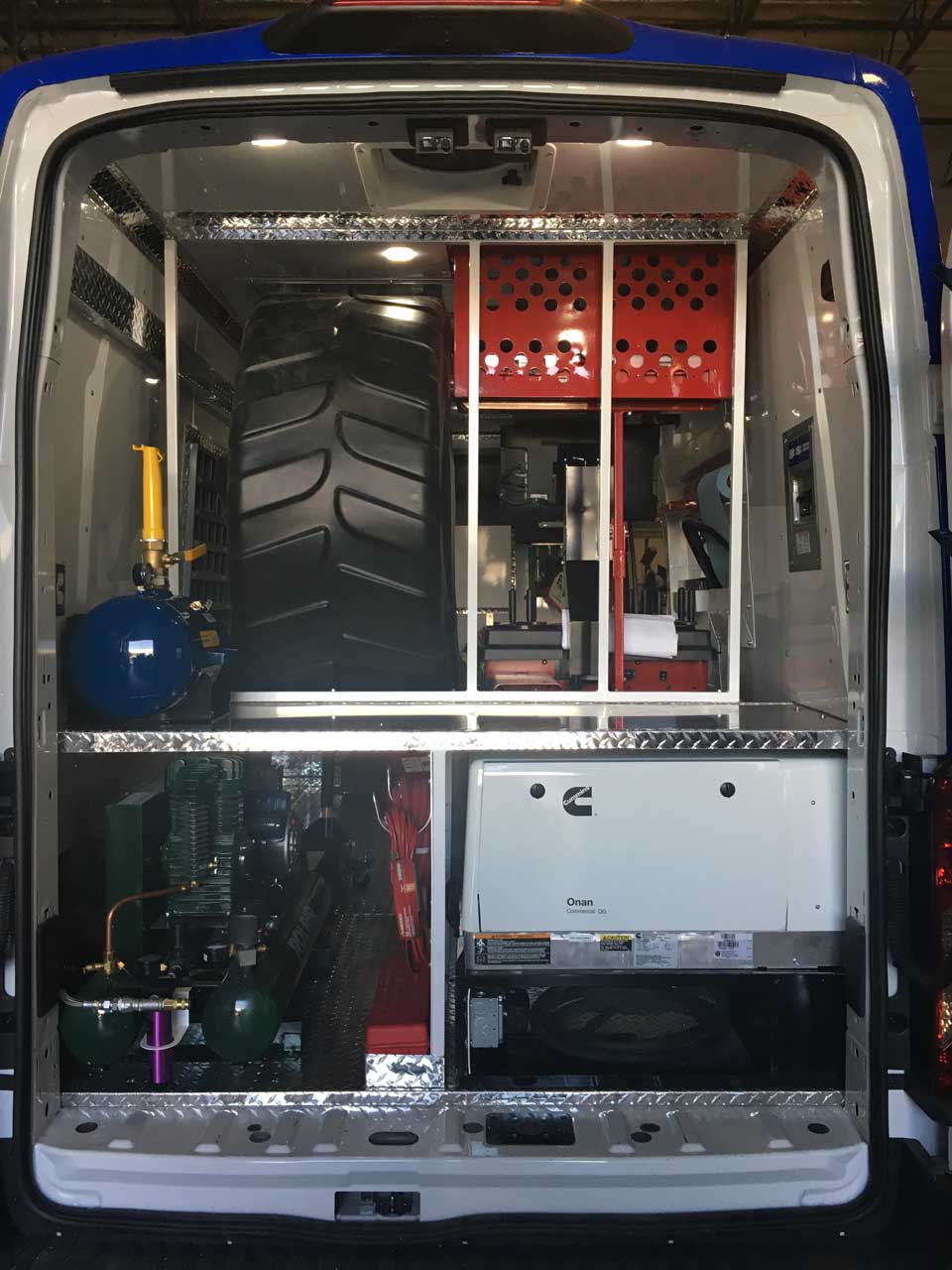Cost Effective Mobile Tire Replacement Las Vegas - Call Today!
Cost Effective Mobile Tire Replacement Las Vegas - Call Today!
Blog Article
Tire Service: Proven Methods for Optimal Tire Upkeep and Care
Keeping optimum tire condition is critical for both safety and efficiency of any type of car. From guaranteeing proper tire stress to routine rotation and placement, there are tested methods that can considerably expand the life expectancy of your tires and improve overall driving experience. As we discover the details of tire care and upkeep, we will certainly uncover crucial standards that every automobile owner need to follow for the very best possible results. Let's explore the globe of tire solution and find the keys to maintaining your tires in superior shape for the long run.
Importance of Tire Pressure
Adequate tire stress promotes far better fuel efficiency, as under-inflated tires can lead to boosted rolling resistance, triggering the engine to work tougher and eat more fuel. Correct tire stress makes sure even tread wear, enhancing tire long life and conserving money in the lengthy run by postponing the need for premature replacements. Regularly adjusting and inspecting tire stress, especially previously lengthy trips, is an easy yet effective method to enhance lorry performance, prolong tire life-span, and prioritize safety and security on the road.
Tire Turning Standards
When considering tire rotation guidelines, it is necessary to recognize the importance of this maintenance job in making best use of tire lifespan and keeping optimum car performance. Tire turning includes transforming the placement of each tire on a lorry to guarantee even step wear. Front tires tend to use faster than back tires because of guiding forces, making routine turning crucial for balanced wear patterns. The recommended rotation pattern varies depending upon whether a lorry is front-wheel, rear-wheel, all-wheel, or four-wheel drive. Generally, tires must be revolved every 5,000 to 7,500 miles, or as suggested in the vehicle handbook. Disregarding tire turning can lead to uneven wear, affecting handling, traction, and possibly compromising automobile safety and security. By sticking to correct rotation guidelines, chauffeurs can extend the life of their tires, improve gas performance, and enhance overall driving experience. Normal turning is a straightforward yet effective upkeep method that adds substantially to tire durability and vehicle performance.

Benefits of Wheel Positioning
Ensuring proper wheel alignment after tire turning is critical for keeping well balanced wear patterns and optimizing automobile performance. Wheel alignment describes the adjustment of the angles of the wheels to the manufacturer's requirements. Among the crucial benefits of wheel alignment is boosted guiding and dealing with response. When the wheels are appropriately lined up, it reduces guiding effort, ensuring a smoother and a lot more controlled driving experience. In addition, right wheel alignment aids to prolong the life-span of your tires. Misaligned wheels can trigger uneven tire wear, bring about premature tire substitute and boosted maintenance prices.

Tire Tread Deepness Check
Executing a routine inspection of tire walk deepness is vital for keeping risk-free driving problems and prolonging the life expectancy of your tires. The tread on your tires plays a vital role in supplying grip, particularly in damp or slippery conditions. To inspect your tire step depth, you can utilize a step depth scale or the penny examination. The advised tread depth goes to least 2/32 of an inch. If the walk deepness is below this threshold, it is time to change your tires to make certain optimal performance and safety and security when driving. Unequal step wear can indicate issues with tire stress, suspension, or placement, highlighting the relevance of regular tread depth checks. Ignoring to check and keep correct step deepness can lead to minimized grasp, longer braking distances, and a boosted risk of hydroplaning. By incorporating tire walk deepness checks into your regular upkeep schedule, you can drive with confidence understanding that your tires remain in top condition.
Seasonal Tire Evaluation
Seasonal tire evaluation is an essential facet of tire maintenance that makes sure look at this now tires are ready to face the difficulties presented by various weather conditions. In preparation for wintertime, it is crucial to check the tire stress regularly as cold temperature levels can cause tire pressure to drop. By performing regular seasonal tire assessments, motorists can extend tire life expectancy, improve fuel efficiency, and most notably, make certain a secure driving experience in differing weather problems.
Final Thought
To conclude, keeping appropriate tire stress, turning tires routinely, straightening wheels properly, keeping an eye on tread deepness, and carrying out seasonal inspections are necessary practices for ideal tire care. By complying with these proven techniques, drivers can guarantee their tires last longer, do better, and add to total car safety and security. It is very important to prioritize tire upkeep to prevent crashes, improve fuel performance, and extend the life-span of tires.
Appropriate tire pressure promotes far better fuel performance, as under-inflated tires can lead to boosted rolling resistance, causing the engine to work tougher and consume more gas.When considering tire rotation standards, it is essential to understand the value of this upkeep task in making best use of tire lifespan and maintaining ideal vehicle performance. Seasonal tire assessment is a basic aspect of tire upkeep that makes certain tires are ready to deal with the obstacles my link positioned by various climate conditions. By carrying out regular seasonal tire inspections, drivers can prolong tire life-span, boost gas efficiency, and most importantly, make sure a safe driving experience in more information differing climate problems.
In conclusion, maintaining appropriate tire pressure, revolving tires on a regular basis, aligning wheels properly, checking walk deepness, and carrying out seasonal assessments are crucial practices for optimal tire care.
Report this page